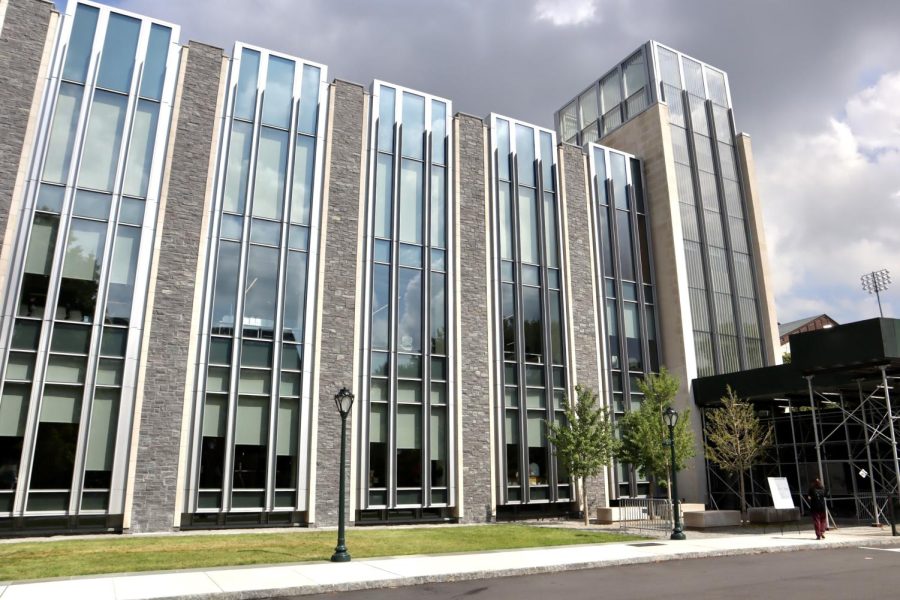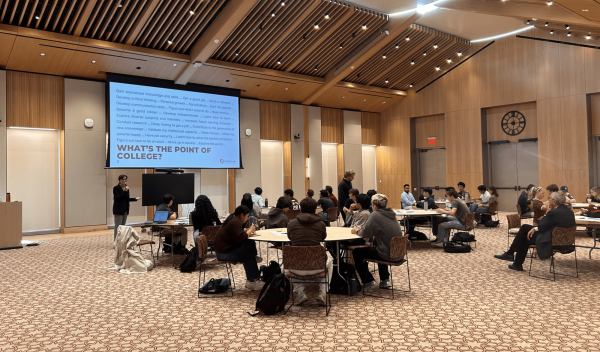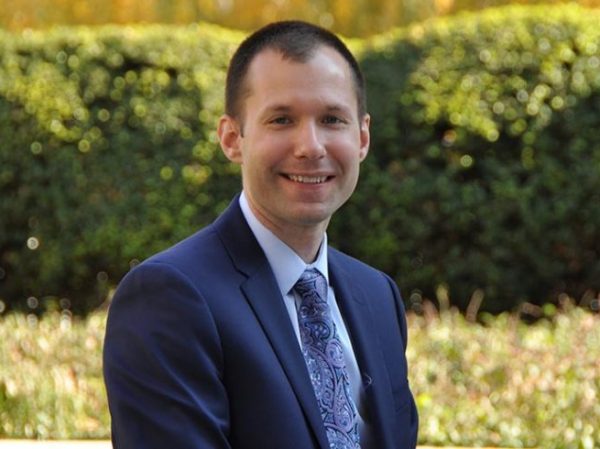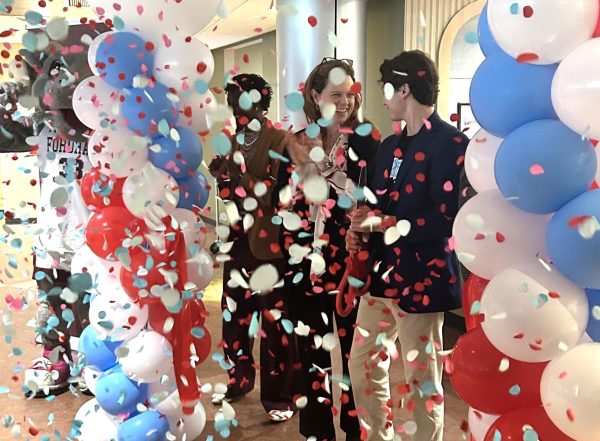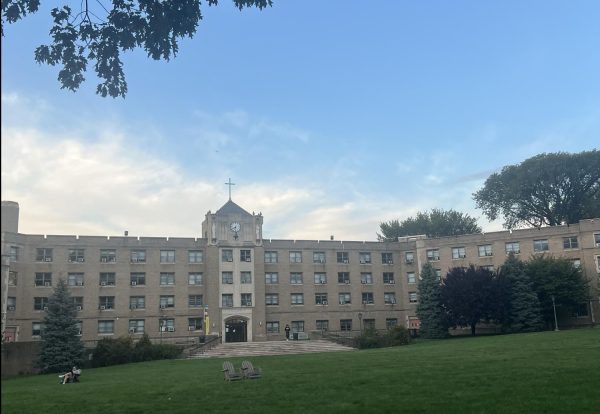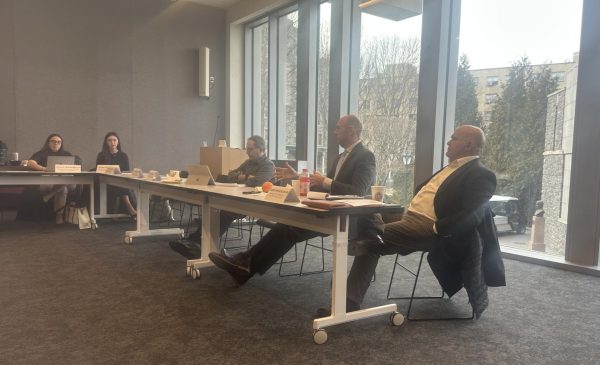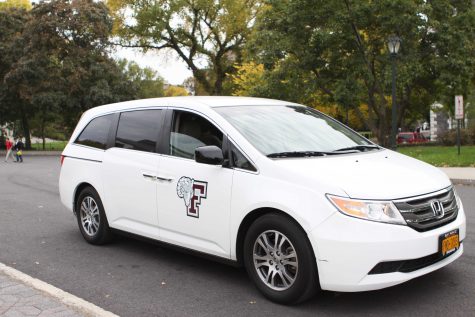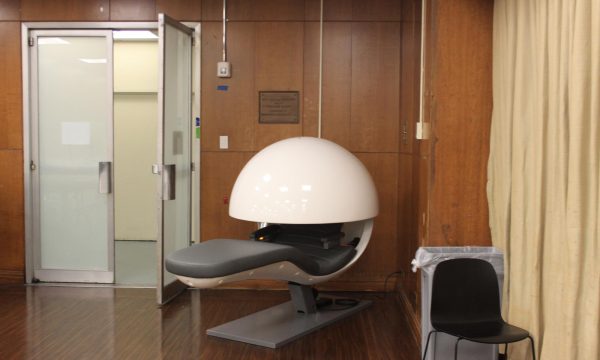CPS Discusses Importance of Community Among BIPOC Students
During the fall semester, Counseling and Psychological Services (CPS) and Office of Multicultural Affairs (OMA) collaborated to create a BIPOC student social hour. According to Kevin Foster, Ph.D., supervising psychologist and coordinator for diversity, inclusion and social justice initiatives at CPS, the mixer will no longer take place due to a lack of attendance. However, Foster said that OMA and CPS are looking to revamp the structure of these meetings in the spring semester.
Foster explained that some students of color may never meet each other since Fordham is a predominately white institution (PWI). “We are talking about a marginalized community. This is an opportunity to create some solidarity and a sense of belonging,” said Foster.
Some students can feel left out, isolated or disconnected. Not only in terms of how things look and what friend groups they are in, but also just in terms of perspective, said Foster.
A college is considered a PWI when 50% or more of the overall student population is white. Fordham’s class of 2026 is the most diverse in Fordham history. 46.4% of the class are domestic students of color. The class of 2026 has 45.3% white students, but the percentage of white students would be higher factoring in the other three classes at Fordham According to Data USA, in 2020,
Fordham’s population was 50.1% white, 16.3% Hispanic or Latino, 9.57% Asian, 8.09% Black or African American, 3.34% two or more races, 0.116% American Indian or Alaska Native and 0.104% Native Hawaiian or other Pacific Islanders. Therefore, while
Fordham is still a PWI, the numbers seem to be indicating that it is becoming more diverse with each new class.
Foster said that there is a constant discourse and brainstorming between him and OMA about what they can do to expand the emotional and physical space that students can feel comfortable in. “Whether they are conscious of it or not, they are holding their breath around their feelings of being different or how they can be subtly othered in different ways,” said Foster.
“We strive to create spaces where they can exhale. They are entitled to space at this school,” said Foster. He explained that there is often a feeling of being lucky to even be at Fordham for some BIPOC students. “We are here to show there is more space for them.”
Overall, Foster said he wants the students to know that they have them in mind.
“There are other students here that might be experiencing similar feelings,” said Foster. “If they put themselves out there and show up to these events, a lot of that feeling can subside or be addressed with other people. Spending time with people and feeling safe to communicate [is one of the] healthiest ways to address these concerns.”
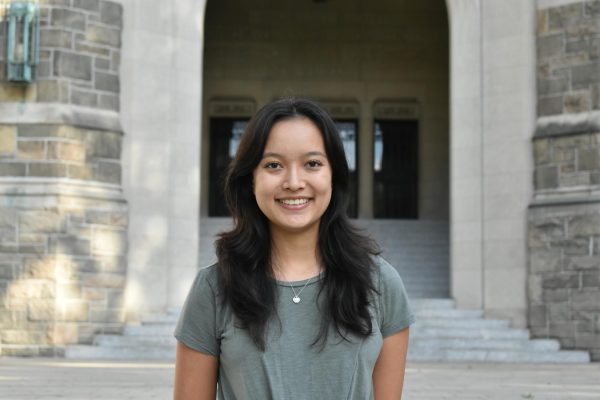
Emma Kim is a junior from Pittsburgh. She is double majoring in economics and English. She started as a contributing writer for news in her freshman year...





































































































































































































